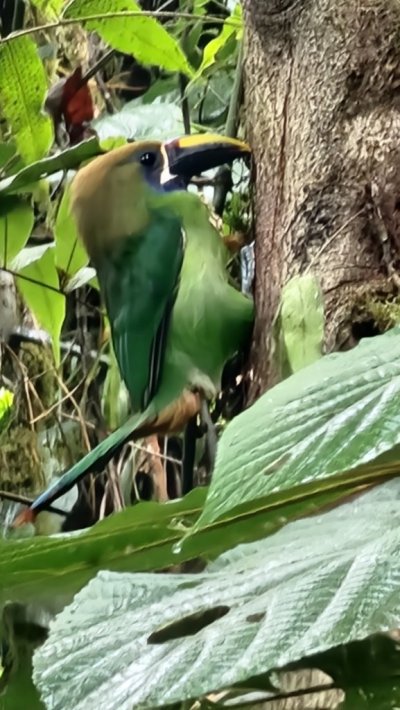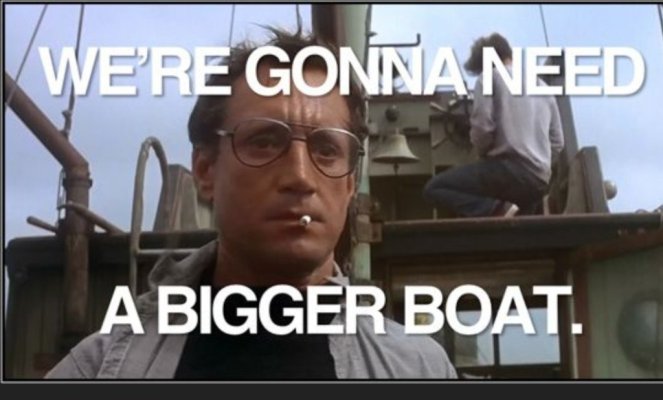long-cours.62
Guru
32 years ago when we was in the process of the "next boat" who finally became our Long-Cours 62,
we thinking also catamaran because this option could solve two "problem" :
less roll and higher speed for the same amount of diesel.
The perfect example of that for us is the Santorini 65.
But in another hand the beam close for us lot of place we like to enjoy (canal, some river, very narrow entrance ...
Later in 1998 we discuss with Joubert for a motor trimaran ( also with Nigel Irens in 2003)
Ok trimaran's beam could be also a problem but the could be "folded" and you must accept have the volume of a 11m motor boat in a 18/19m lenght hull.
But we can have 12 kts with moderate hp... And very moderate roll..
The last "évolution " : I play to design it is a ( very ?) narrow monohull stabilised like a ...trimaran
But with removal (at less one side) "flotteur".
Of course if one day we built such type of hull we know we must kept her for the rest of our life because nobody will buy this type of motor boat
But in 18/19m x 3.15 m x 0.9m we can fit what we need and if keep her K.I.S.S.
we thinking also catamaran because this option could solve two "problem" :
less roll and higher speed for the same amount of diesel.
The perfect example of that for us is the Santorini 65.
But in another hand the beam close for us lot of place we like to enjoy (canal, some river, very narrow entrance ...
Later in 1998 we discuss with Joubert for a motor trimaran ( also with Nigel Irens in 2003)
Ok trimaran's beam could be also a problem but the could be "folded" and you must accept have the volume of a 11m motor boat in a 18/19m lenght hull.
But we can have 12 kts with moderate hp... And very moderate roll..
The last "évolution " : I play to design it is a ( very ?) narrow monohull stabilised like a ...trimaran
But with removal (at less one side) "flotteur".
Of course if one day we built such type of hull we know we must kept her for the rest of our life because nobody will buy this type of motor boat
But in 18/19m x 3.15 m x 0.9m we can fit what we need and if keep her K.I.S.S.


